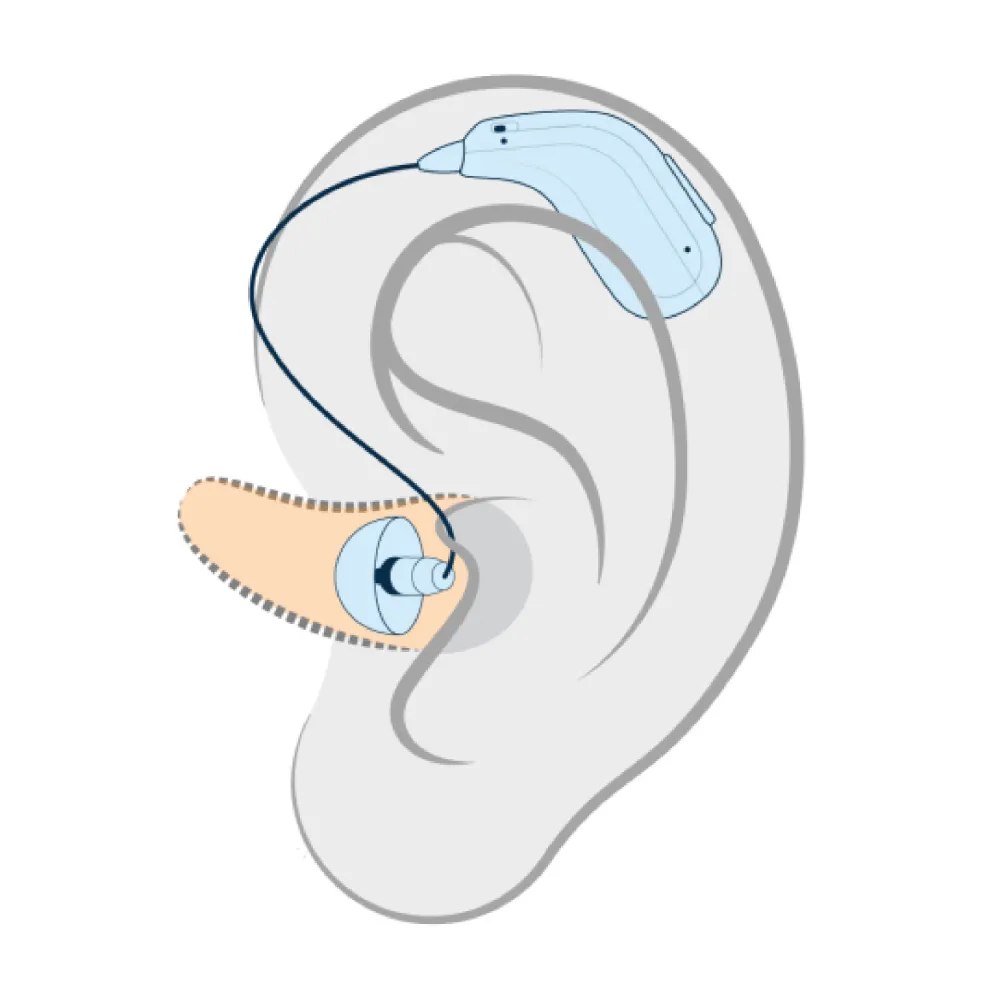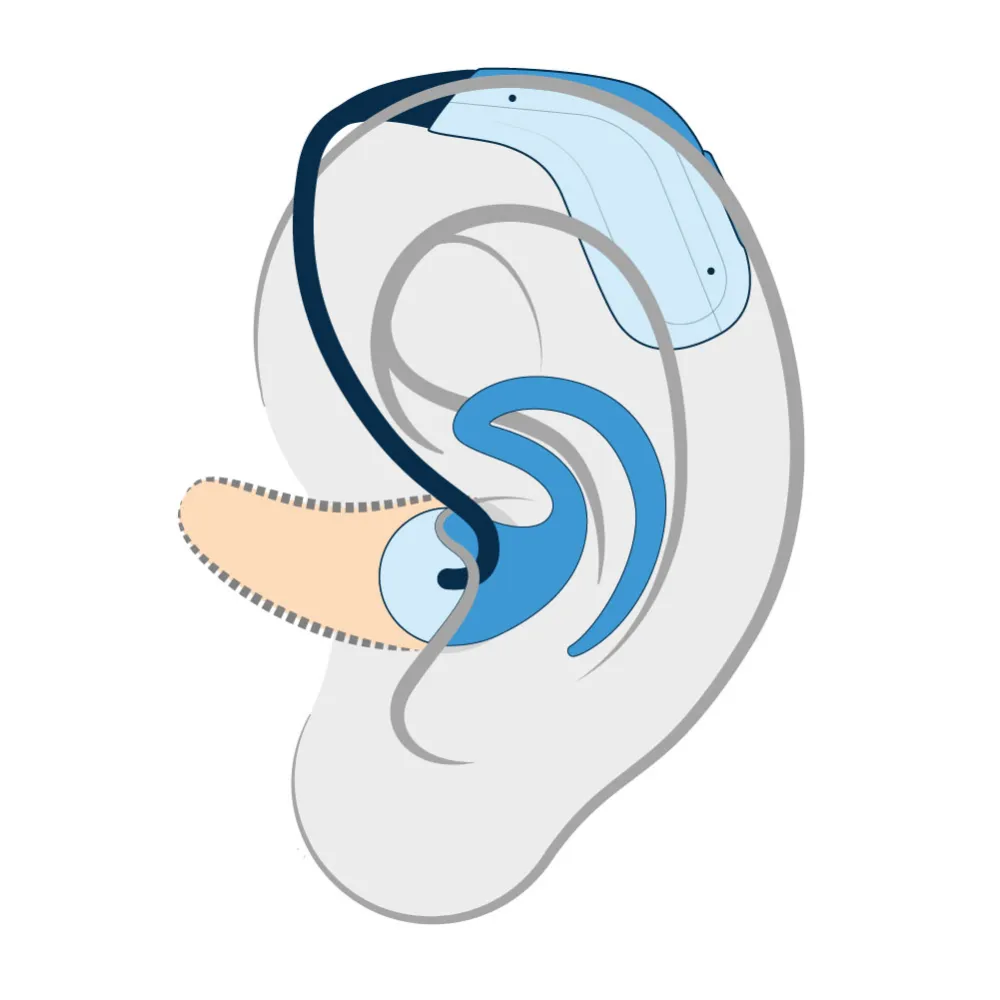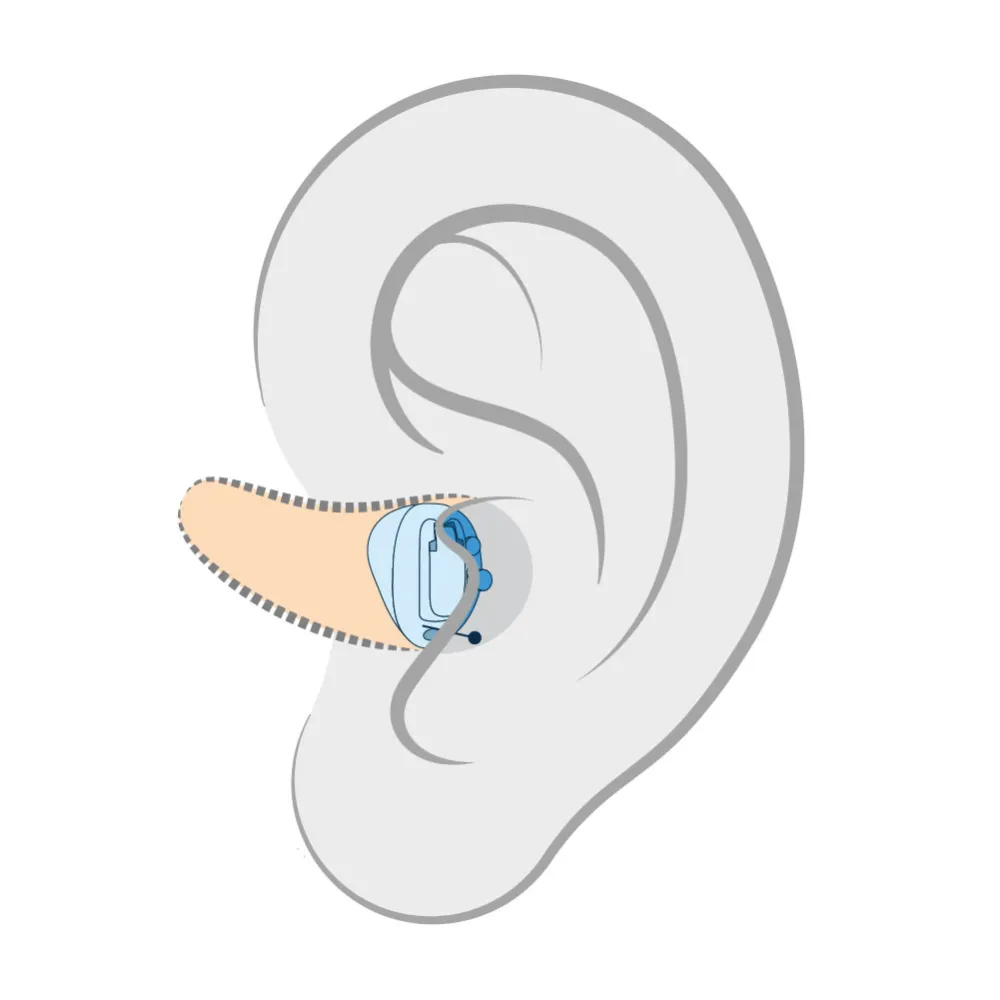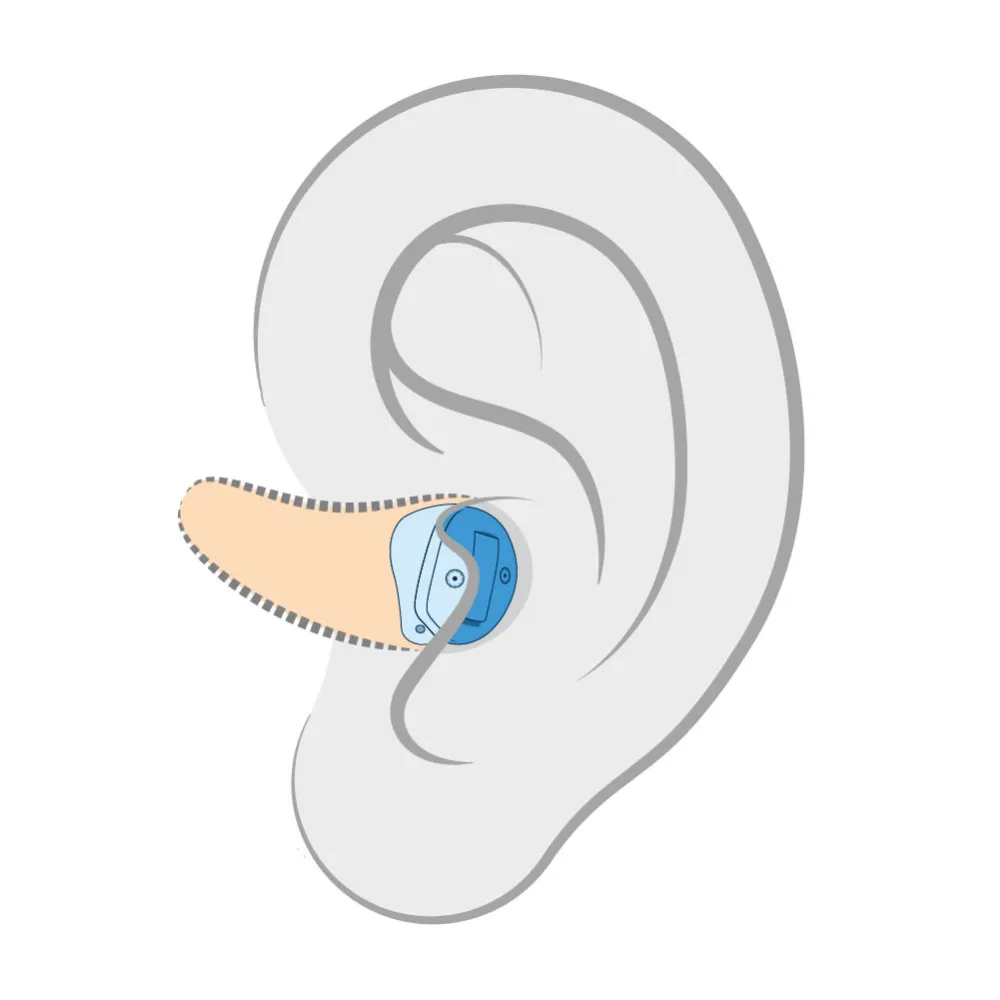
The right hearing aid for you is the one that fits the lifestyle you want to live. During our home fittings, we aim to connect patients with a hearing device that enhances their lives in the way they love. Understanding and meeting your needs and lifestyle is the greatest satisfaction with hearing aid performance.
Consider Your Lifestyle
Different lifestyles will benefit from different types of hearing aids. Since hearing loss treatment aims to improve your daily life, it’s important to consider the activities and environments that make up your regular routine.
If you enjoy attending social gatherings, you might benefit from a hearing aid with advanced speech recognition. If you work in busy environments, noise reduction features may help you focus. Those who play sports may need a hearing aid that is resistant to moisture and sweat, and people who are particularly tech savvy may appreciate devices that can connect to their smartphone.
Finding Your Style
At SmartStep Hearing, we offer nearly all technological makes and models and are ready to help you determine which is best for your needs.
Receiver-in-the-Canal (RIC)
An RIC hearing aid consists of a tiny housing containing all electronics except the receiver, which is positioned behind the ear. A thin tube connects the housing to the receiver, which is worn in the concha (bowl-shaped portion) of the ear.

Behind-the-Ear (BTE)
The most popular style of hearing aid (about 60% of users choose this type) is a BTE device that is curved to match the contour of the ear and rests directly behind the ear. The housing, which contains all the electronics, is encased in plastic and connects to the ear canal with a thin, clear tube or ear mold.

Completely-in-the-Canal (CIC)
This hearing aid is placed in the ear canal and is the smallest available. It takes advantage of the ear’s natural ability to collect sound, and its discreet size makes the device virtually invisible to others.
The trade-off is a shorter battery life, and it may prove difficult to adjust for those with poor manual dexterity. This is a good choice for mild to moderate hearing loss.

In-the-Canal (ITC)
This style is also designed to fit in the ear canal, but not as deeply as a CIC device, resting securely in the lower portion instead. It’s a little larger, making it easier to insert and remove and extending the battery life.

In-the-Ear (ITE)
This hearing aid is designed to fill the outer portion of the ear and is larger than those worn in the ear canals. It is less discreet, but the size allows for more features and makes the unit easier to adjust.
A bigger battery translates to longer life and means those with severe or profound hearing loss can benefit from this style.

Call SmartStep Hearing for more information or to schedule an appointment.
